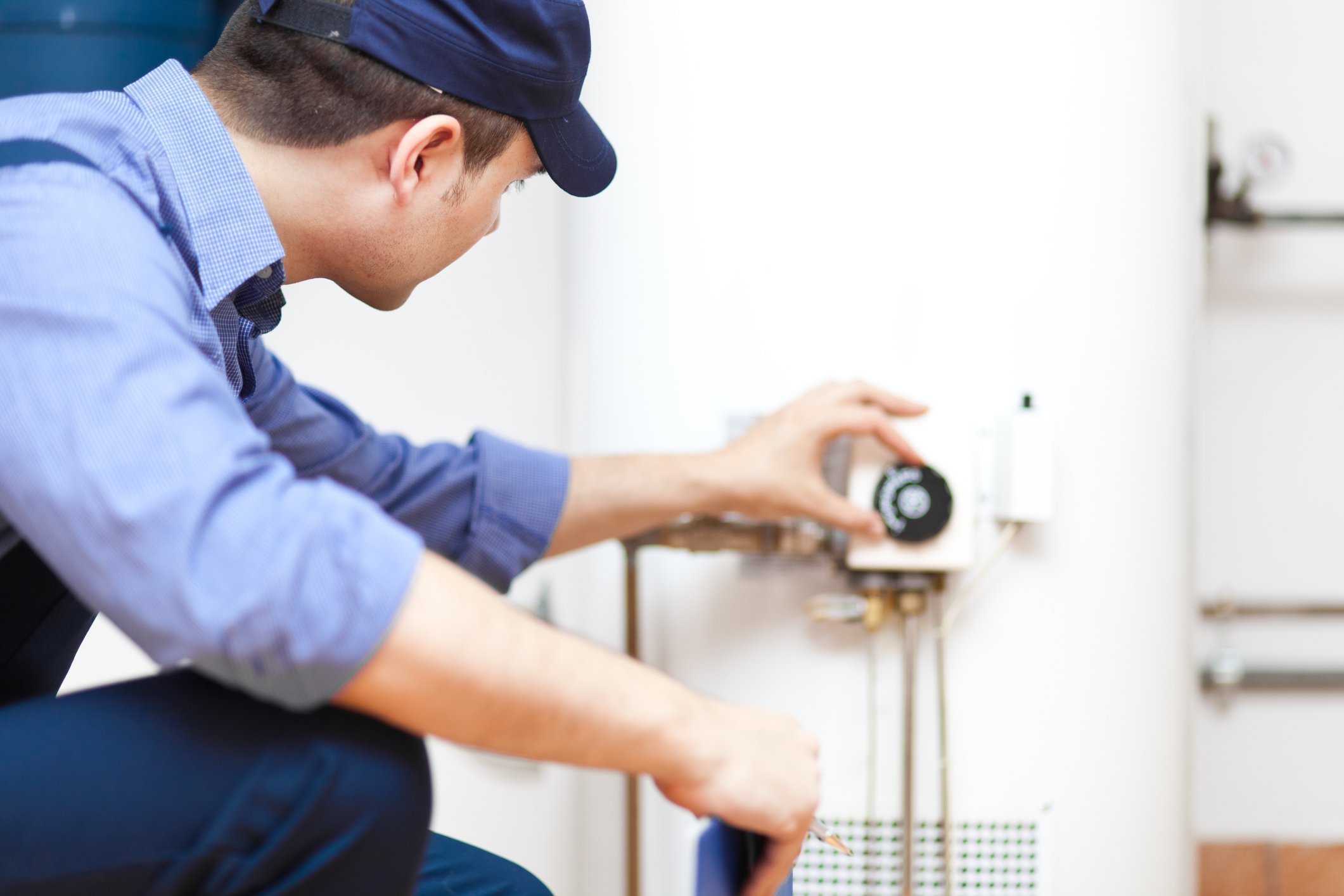There aren't a whole lot of companies that have had as impressive a decade as water equipment manufacturer A.O. Smith (AOS +2.08%). On a total-return basis (price appreciation plus dividends), its stock is up an incredible 1,000%. So far, though, 2018 hasn't been as kind, with the stock down about 12% since its highs in January.
After looking at the company's second-quarter earnings, it's a little hard to see why Wall Street isn't impressed with what this company is doing. Let's look at A.O. Smith's most recent earnings results to see why investors appear to be less enamored.

Image source: Getty Images.
By the numbers
| Metric | Q2 2018 | Q1 2018 | Q2 2017 |
|---|---|---|---|
| Revenue | $833 million | $788 million | $738 million |
| Operating income | $146.1 million | $125.4 million | $128.0 million |
| Net income | $114.5 million | $98.8 million | $92.4 million |
| Diluted EPS | $0.66 | $0.57 | $0.53 |
Data source: A.O. Smith earnings release. EPS = earnings per shae.
To see the company perform well isn't that big a surprise, really. A.O. Smith has beaten earnings expectations for five consecutive quarters, and has made a habit of raising guidance.
What was surprising about this past quarter was where the company grew the business: North America. Much of the talk over the past couple of years has been about its growth story in China and the emerging middle class there. This past quarter, though, almost all of its net income gains came from North America.
What makes this a surprise is that the vast majority of water heater sales in North America (more than 80%) are replacements of existing systems. While volumes in North America increased, management noted that most of the revenue gains were from pricing, which helped to offset the higher materials costs associated with steel tariffs.
That's not to say that its international sales were poor this past quarter. Sales outside North America were up 13% to $308 million for the quarter on strong sales of tankless water heaters and water purification treatment. Sales outside North America come with a considerably lower margin: 11.3% versus 23.4% for North America. But that is partly by design because of the product pricing for an emerging Chinese middle class, higher marketing costs, and the costs of a new factory that isn't yet up to full speed.

Data source: A.O. Smith earnings release. Chart by author.
After a large working-capital build in the prior quarter, which is normal in the first quarter, the company generated about $170 million in cash from operations, most of which was used to pay down $160 million in long-term debt. Management also used some of its cash and marketable securities to buy back 1.1 million shares. Earlier in the month, the board authorized the purchase of 2.5 million shares on top of the 1.3 million outstanding on its prior authorization. The company ended the quarter with $413 million in cash and marketable securities in excess of its debt load.
What management had to say
In A.O. Smith's press release, CEO Ajita Rajendra noted some of the reasons for better-than-expected results and raised the company's guidance again.
We believe our North America business will remain strong, bolstered by continued demand in all parts of the business. We now forecast total company sales growth between 9.5 and 10 percent in 2018. The impact of a weaker Chinese currency compared to our April forecast reduced our guidance for full-year sales by $22 million.
We increased our adjusted 2018 earnings guidance to a range of $2.59 and $2.63 per share. The midpoint of our adjusted 2018 earnings guidance represents a 20 percent increase over 2017 adjusted earnings per share, and we project our second-half earnings to be better than the first half.
This was Rajendra's last quarter as the CEO of the company. On Sept. 1, he will transition to executive chairman, and current chief operating officer Kevin Wheeler will assume the role of CEO.
The difference between business performance and stock performance
Even though A.O. Smith continues to post expectation-crushing results that have led to the company posting incredible returns over the past five years, its stock has slowed down considerably since the beginning of the year. Looking up and down these results, though, it's hard to see why investors wouldn't be happy to own this stock or even buy more of it. Sure, input costs for steel are rising, and there is always the chance that this trade spat with China could derail some growth there. But this quarter showed that management has the ability to pass some of those higher costs on to customers without profoundly hurting the bottom line.
One thing that may have caused this recent pullback in the stock price is that the company's valuation was looking a bit frothy. Earlier in the year, its P/E was above 30, which is a premium to the market and well above A.O. Smith's historical average. After these earnings results and management's raised guidance, though, the stock trades at a much more reasonable 22 times forward earnings.
A.O. Smith has been one of the most impressive stocks of this decade, and its business remains on track to produce good returns, with a robust cash-generating business in North America fueling growth overseas. With shares pulling back recently, perhaps it's time to look at buying.







